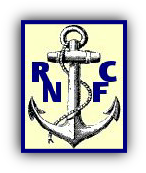
The Story of the
Holton Heath, Dorset, UK

Safety of Staff and Rules
There were various Acts of Parliament covering factories, especially explosive factories, but when the Royal Naval Cordite Factory opened in 1915 health and safety was not the official activity it has become a hundred years later. Nevertheless safety was paramount both for employees and plant and the rules of operating were laid down in a small handbook issued to every worker. Whilst the book covered mundane matters such as timekeeping, it also dealt with safety aspects in some detail.
One of the most important rules was that of forbidding matches or lighters within the perimeter fence on pain of instant dismissal. Smoking was allowed in
certain “safe areas” and gas jets were provided in those areas to allow staff to light up. A staff register shows that the instant dismissal penalty was exacted on several occasions. The long perimeter fence (approximately 5km long and 3m high) led to an intriguing situation: the fence was painted with a concoction based on tar residues from the gas works. Painting was carried out by a small gang of men on an almost continual basis with some working inside and some outside the fence. Those outside could light up and smoke quite happily whilst those inside had to refrain. There are stories that the gang drew lots each morning as to who should work on each side. Alternatively, and possibly more likely, those outside smoked and periodically offered a “quick drag” to those to those inside.
Extensive safety precautions were taken to minimise any problems. Ferrous materials were avoided in the nitroglycerine (NG) plant to limit the potential for sparks and no electricity was used inside the NG buildings. Metal equipment was made of lead or copper alloys and even spanners were made in copper alloy. Buildings generally were small and isolated within earthen embankments. This also limited the number of staff in a building in the event of an explosion. The amount of explosive which could be held in any building was also limited.
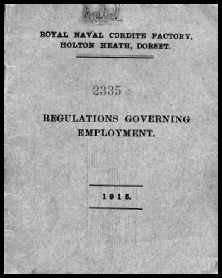
The personnel were equipped with special clothing made of natural materials and known as “lasting”. No metal parts were allowed and the clothing was held on with ties and toggles, no buttons or buckles. Staff changed into this clothing in changing rooms outside the danger area and could be searched to check for banned items. They then walked to their work stations in their own shoes, changing to rubber or felt slippers in the entrance to each building.
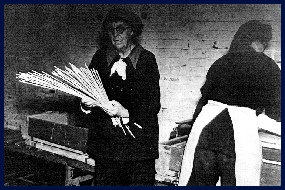
As well as the inherent danger from explosive materials some of the ancillary operations involved unpleasant working conditions. In particular the acid factory was plagued by noxious fumes, although concentrated acids were used extensively in production and the problem arose elsewhere as well and fume extraction was used to reduce the problem.
An important part of the factory complex was the hospital situated at the main gate. This was a true hospital and not just a first aid station. Patients could, and were, treated for some time in its two wards. It developed a particular expertise in treating burns. These were not uncommon resulting from the large quantities of acids in use and one result was the development of an early waterbed for use with acute burn cases to ease the pressure on affected skin. The hospital was also the focal point for screening for job related problems. These ranged from dermatological effects from handling chemicals to the effects of acid fumes already referred to.
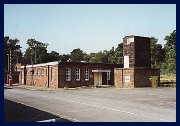
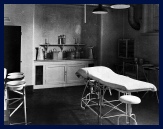

Despite all the precautions there were serious accidents from time to time but only one major explosion. On Tuesday 23rd June 1931 at 10.43 in the morning one of the two nitrators making nitroglycerine exploded when members of staff were attempting to remedy a problem at the plant. 10 men were killed, including the Chief Chemist and the senior foreman, and 16 were injured. The explosion was heard for miles around.
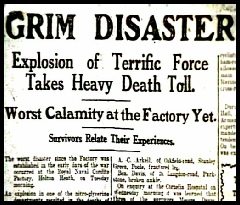

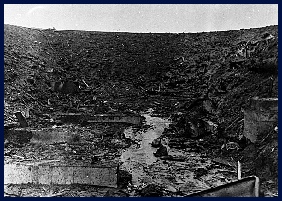
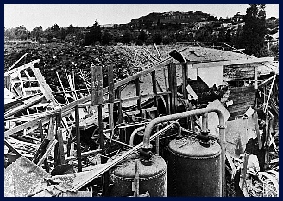
By Dr Bob Dukes
The RNCF
Hospital
Hospital